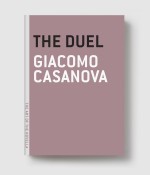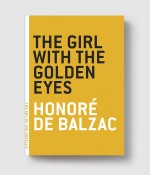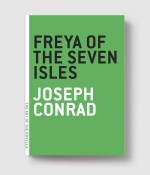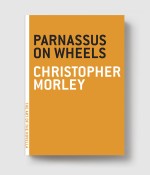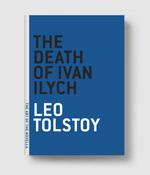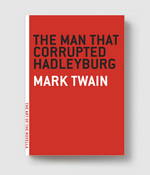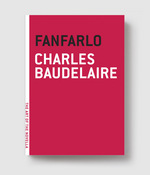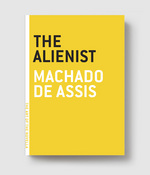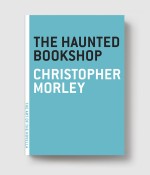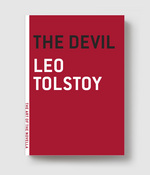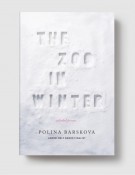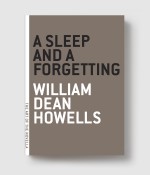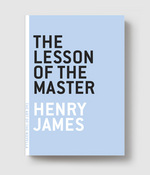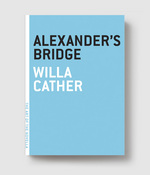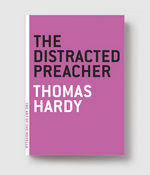
List price: $10.00
- Pages120
- ISBN9780974607825
- Publication dateSeptember, 2004
- Categories
- Booksellers
- Media
- Academics & Librarians
My Life
Anton Chekhov
Part of The Art of the Novella
“Perhaps I was not living as I ought.”
Renowned as the greatest short story writer ever, Anton Chekhov was also a master of the novella, and perhaps his most overlooked is this gem, My Life—the tale of a rebellious young man so disgusted with bourgeois society that he drops out to live amongst the working classes, only to find himself confronted by the morally and mentally deadening effects of provincialism.
The 1896 tale is partly a commentary on Tolstoyan philosophy, and partly an autobiographical reflection on Chekhov’s own small-town background. But it is, more importantly, Chekhov in his prime, displaying all his famous strengths—vivid characters, restrained but telling details, and brilliant psychological observation—and one of his most stirring themes: the youthful struggle to maintain idealism against growing isolation.

